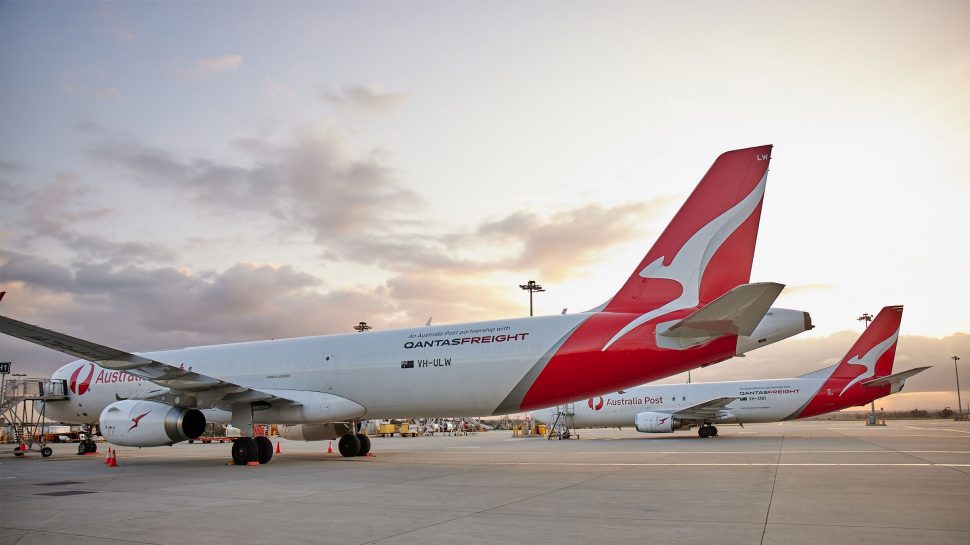
Get the new International Sending Playbook
Get the new International Sending Playbook
International expansion can unlock larger and more lucrative markets for Australian businesses. In this Playbook, leading Aussie brands share essential tips to help bring your business to the world stage.







